The human body is composed of approximately 70% water, and blood is made up of about 90% water. Water is an essential component of life. It helps regulate body temperature, transport nutrients, detoxify the body, maintain digestive health, ensure the efficient absorption of nutrients, and keep the skin moisturized. The importance of water cannot be overstated, and knowing how to properly hydrate is equally crucial. Drinking water in multiple small amounts throughout the day ensures effective absorption and hydration. Currently, reverse osmosis is widely recognized as the safest method for producing drinkable water globally.
Three Myths About Reverse Osmosis

1. Reverse osmosis removes all beneficial minerals from water.
In fact, the main purpose of drinking water is to replenish the body with the water it needs to function properly, not to obtain various trace minerals. Water is low in minerals, and food is the main source of mineral intake. Therefore, maintaining a balanced diet is also vital to overall health. There is no need to worry about reverse osmosis filtering out minerals from the water, resulting in inadequate mineral intake.
2. Reverse osmosis systems waste a lot of water.
Contrary to common belief, modern reverse osmosis systems are designed to be more efficient and minimize water waste. Advanced technology has significantly improved the water recovery rates of these systems, making them much more environmentally friendly. While it's true that some water is used in the filtration process, the benefits of having clean, contaminant-free drinking water often outweigh the minimal water waste. Additionally, many reverse osmosis systems now come with features that further reduce waste and optimize water usage.
3. Does the filter need to be changed regularly?
Yes, it is essential to regularly replace the filters in a reverse osmosis system to ensure it continues to function effectively. Here’s why:
Maintains Water Quality: Over time, filters can become clogged with contaminants, reducing their effectiveness. Regular replacement ensures that the water remains clean and safe to drink.
Protects the System: Dirty or clogged filters can put extra strain on the system, potentially causing damage or reducing its lifespan. Regular maintenance helps protect your investment.
Ensures Efficiency: New filters help the system operate at peak efficiency, ensuring optimal water flow and filtration performance.
Prevents Bacterial Growth: Old filters can become breeding grounds for bacteria and other microorganisms. Replacing them regularly helps prevent this risk.
Manufacturers typically provide guidelines on how often to change each filter, which can vary depending on the specific filter type and water usage. Following these recommendations is crucial for maintaining the performance and safety of your reverse osmosis system.
Troublesome to change the filter? Always forgetting when to change the filter?
IDENTER 8000T ensures the quality of your drinking water.
FAST AND EASY INSTALLATION: Choose the quick fitting (1/4" or 3/8") that meets your needs, connect it to the hose you want to measure, and the installation is complete!
COUNTDOWN DESIGN: Freely set the target water consumption or the number of days of water consumption as needed. The countdown design allows you to monitor exactly when the water flow stops. No more worrying about exceeding your planned water consumption or forgetting to change the filter on time.
⚠️The 8000T can measure water flow as low as 0.3 gallon/min. When used in reverse osmosis systems, it is recommended to connect it to the output pipe, as the inlet flow rate of some reverse osmosis systems may be below 0.3 gallon/min.
⚠️If you are using an RO system, it should be installed after the pressure tank.



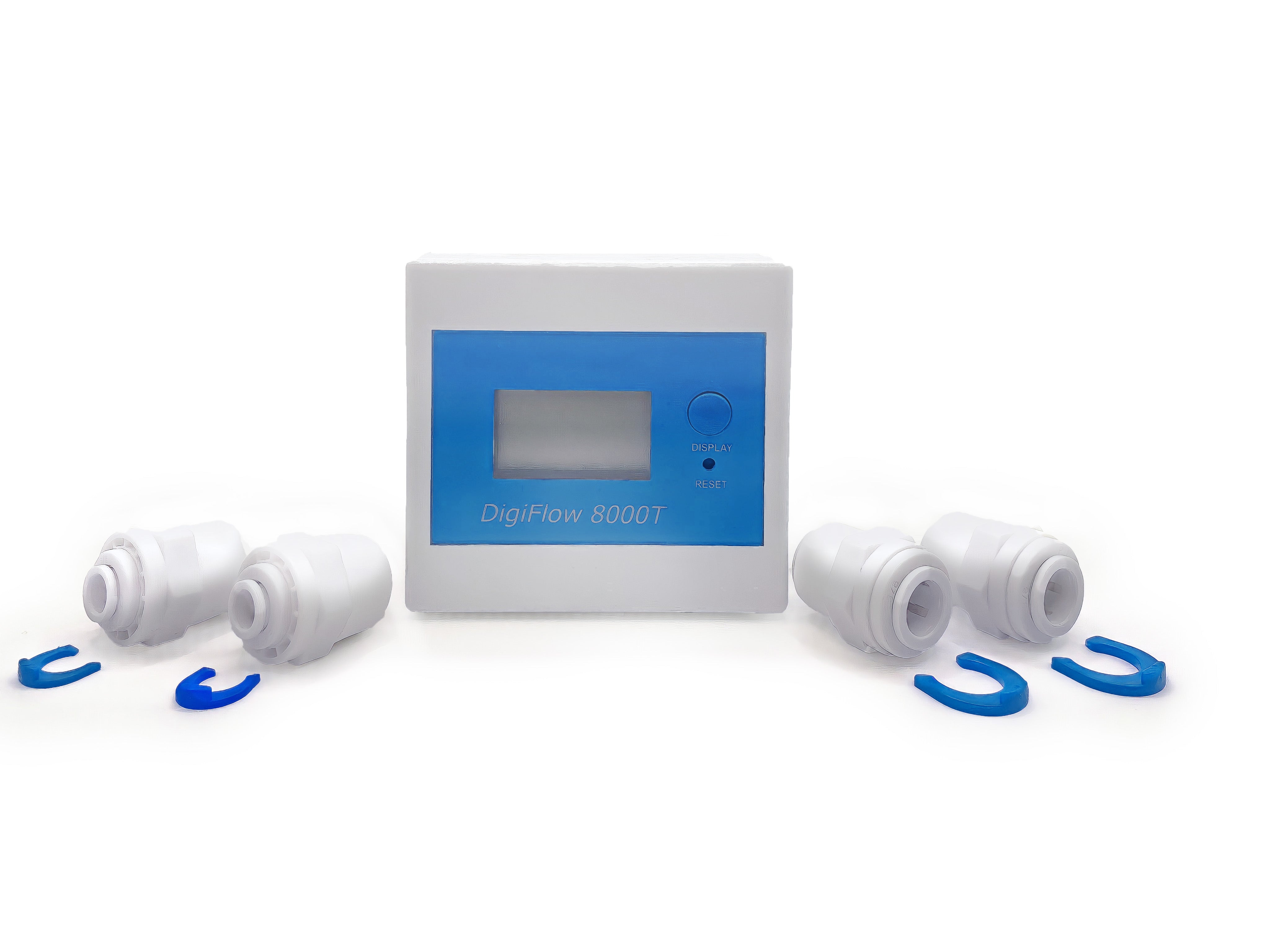
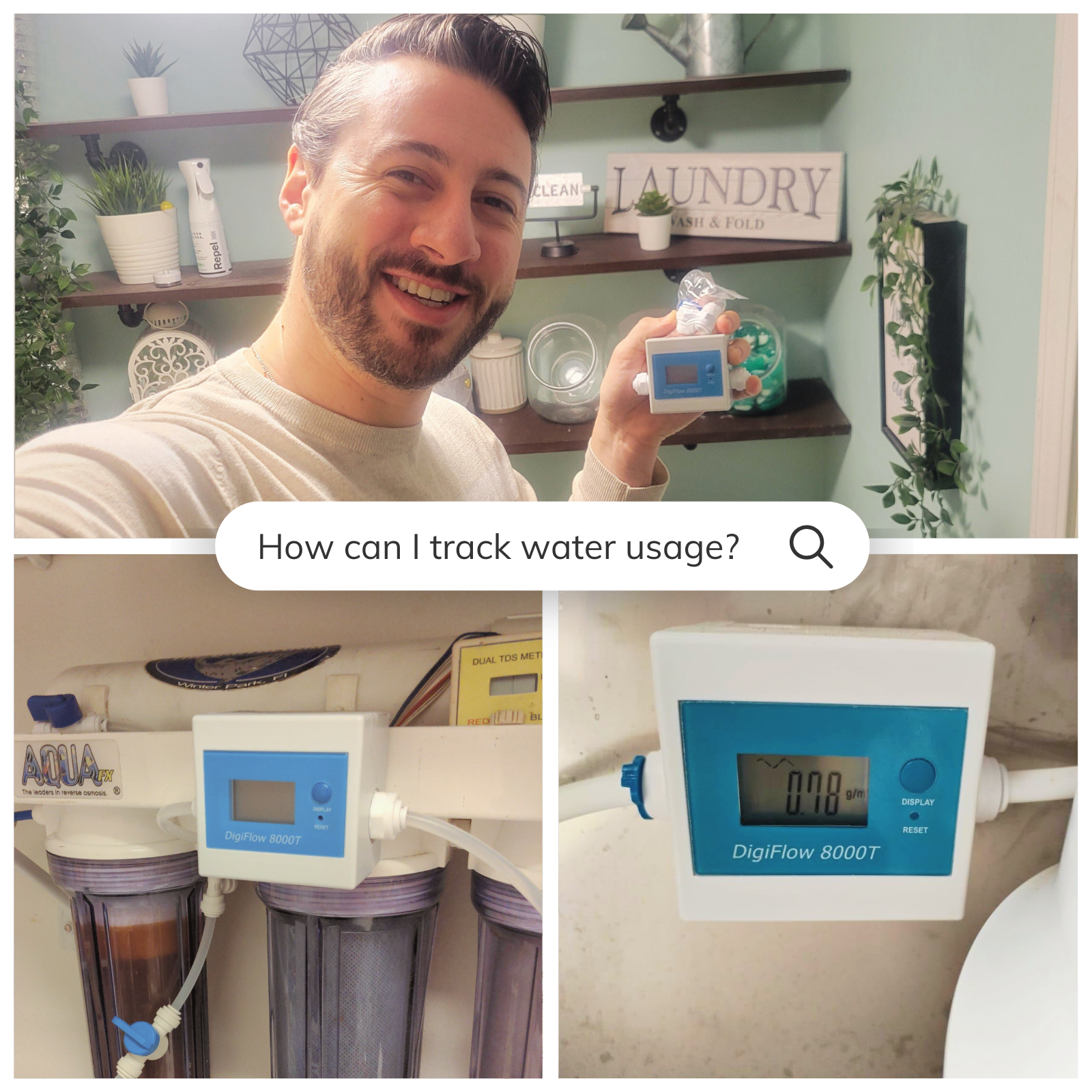
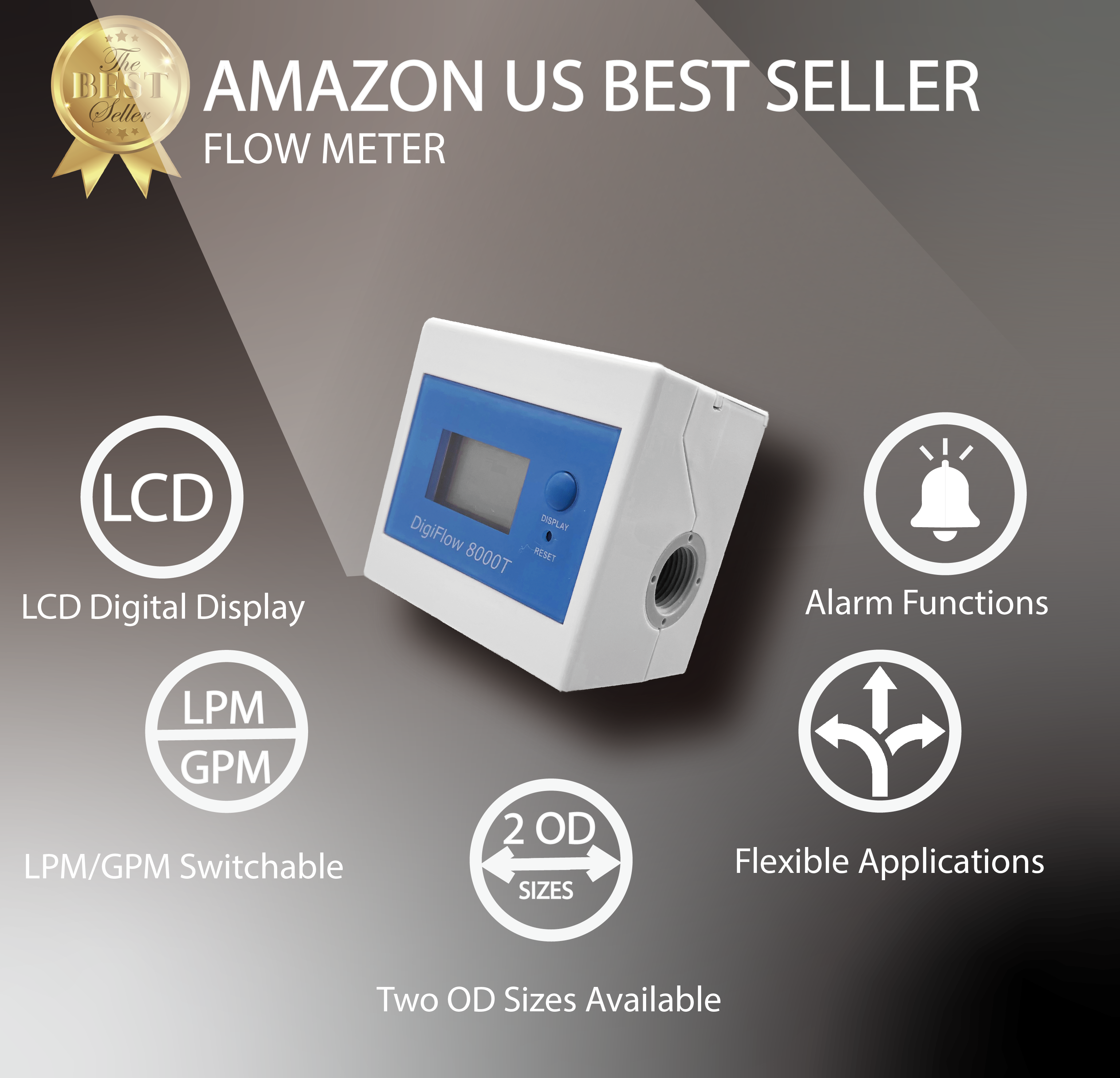
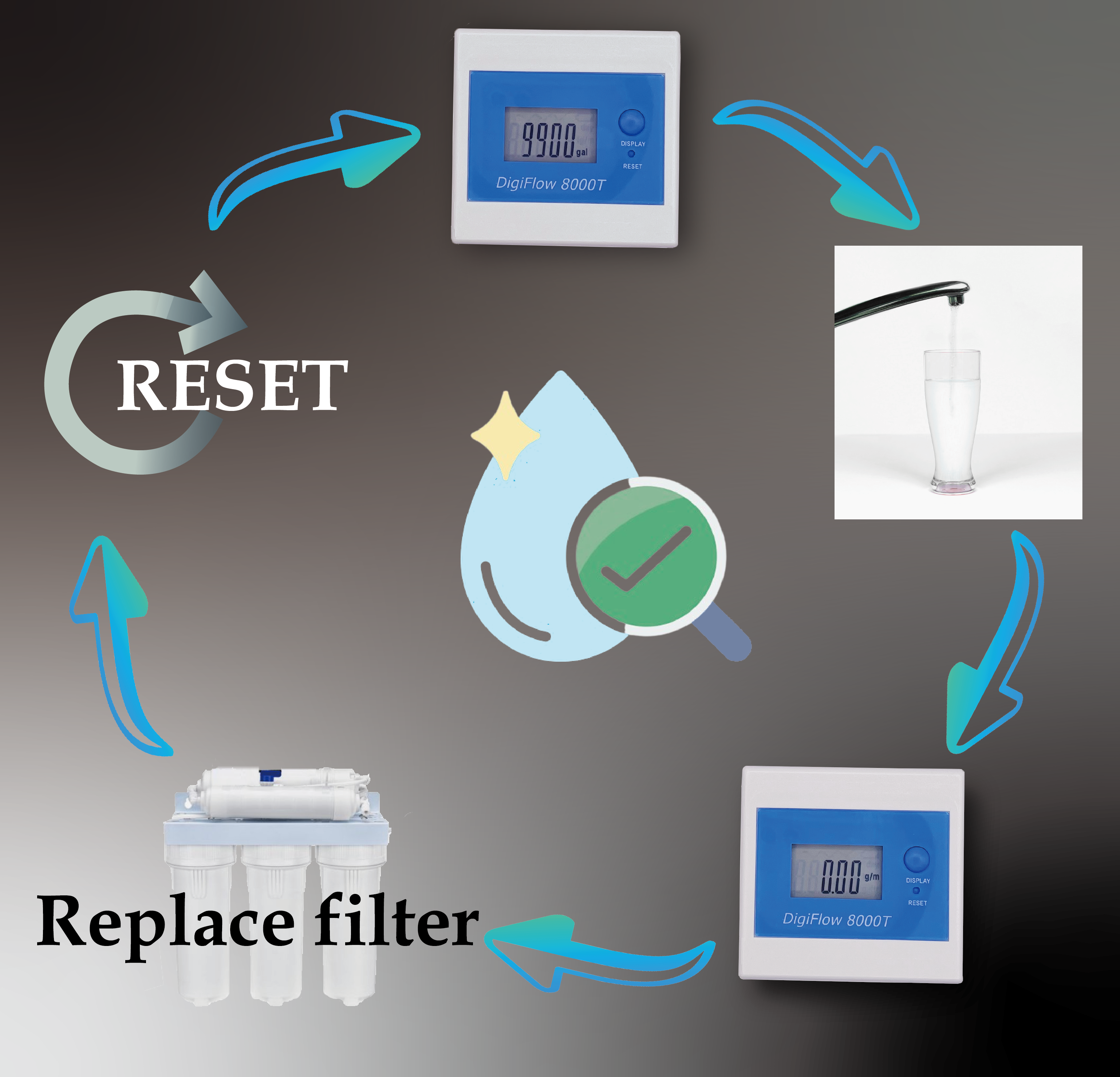
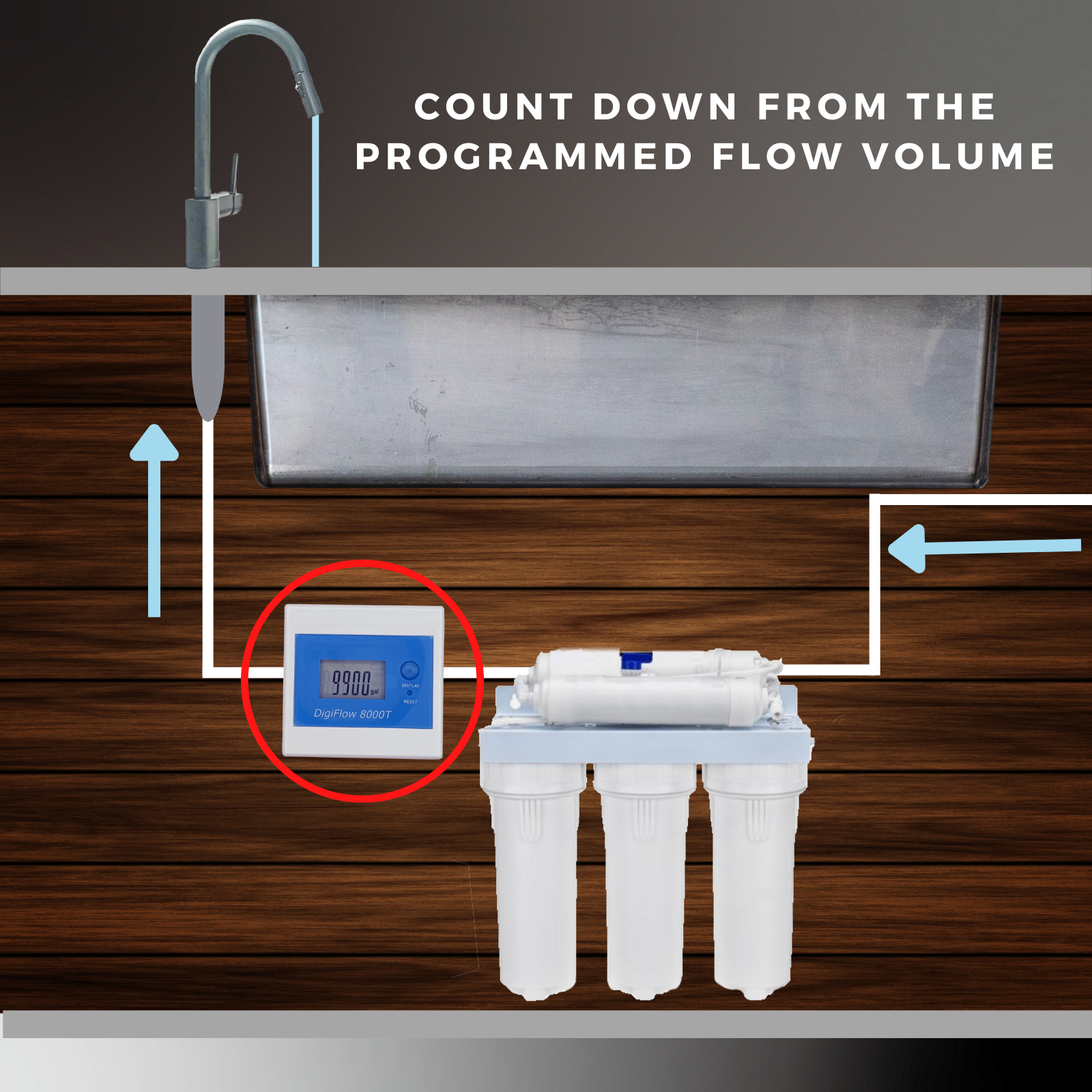
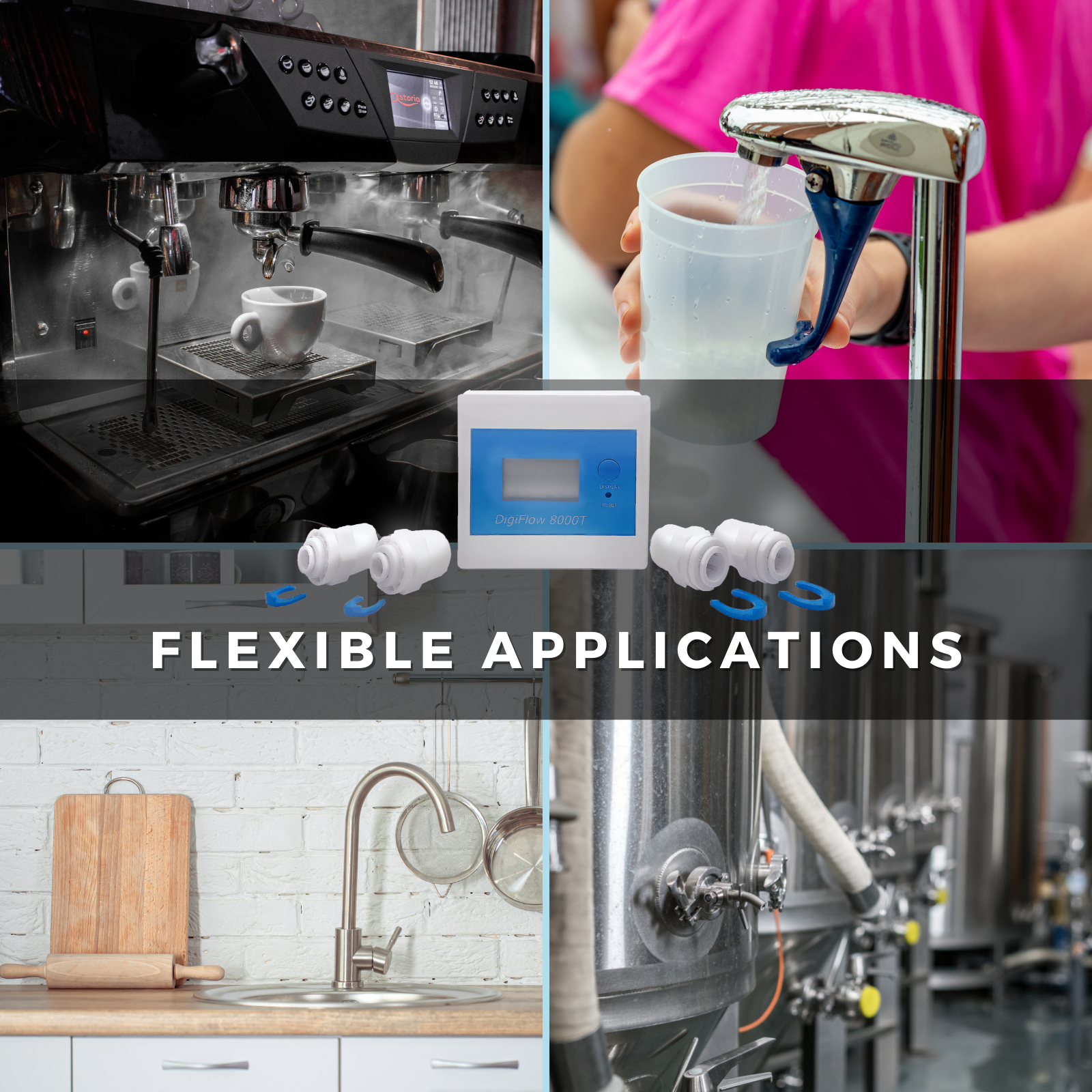
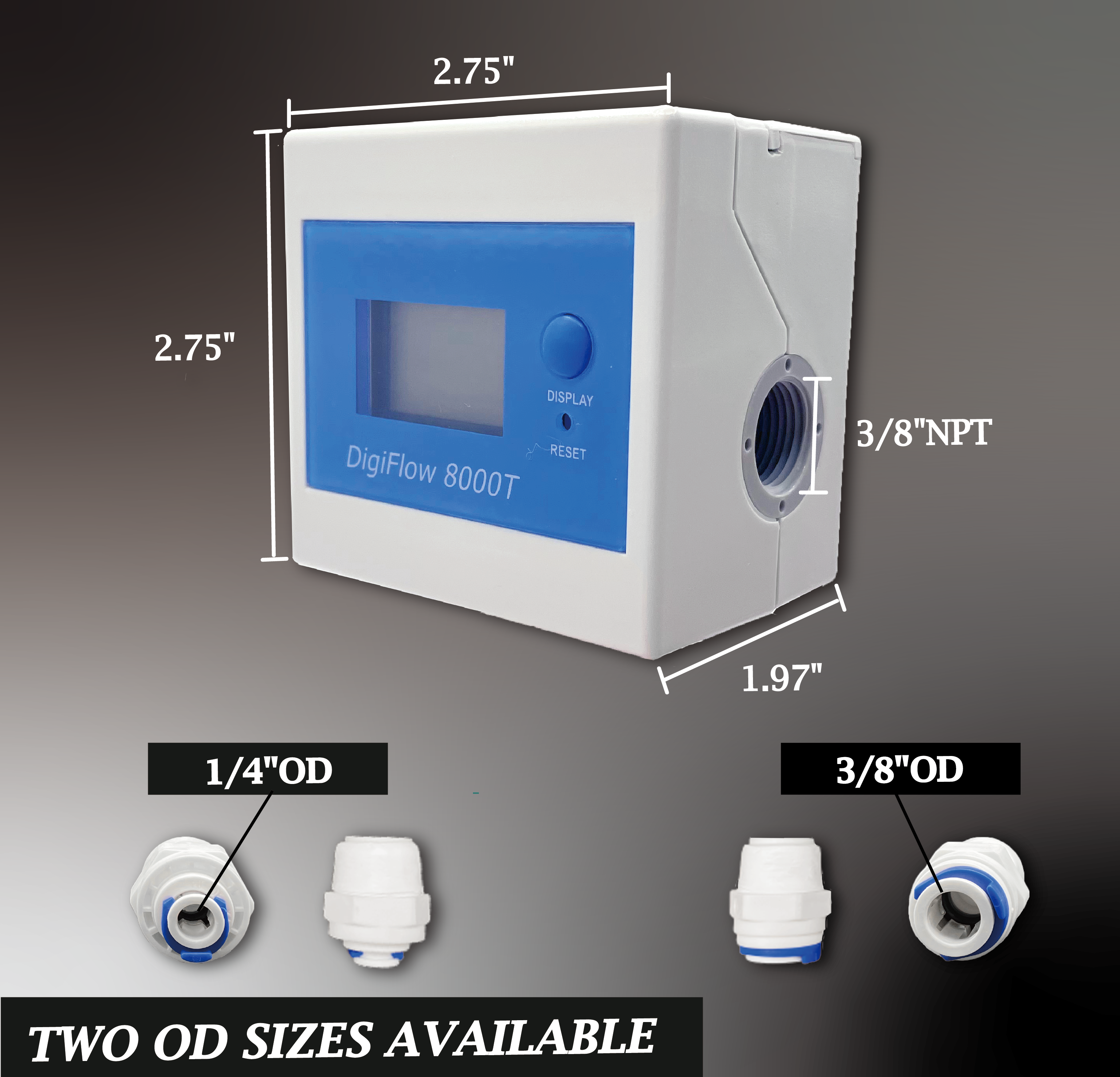
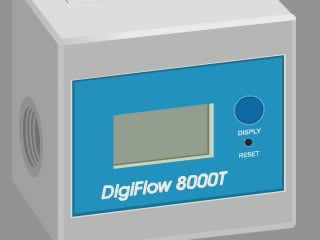
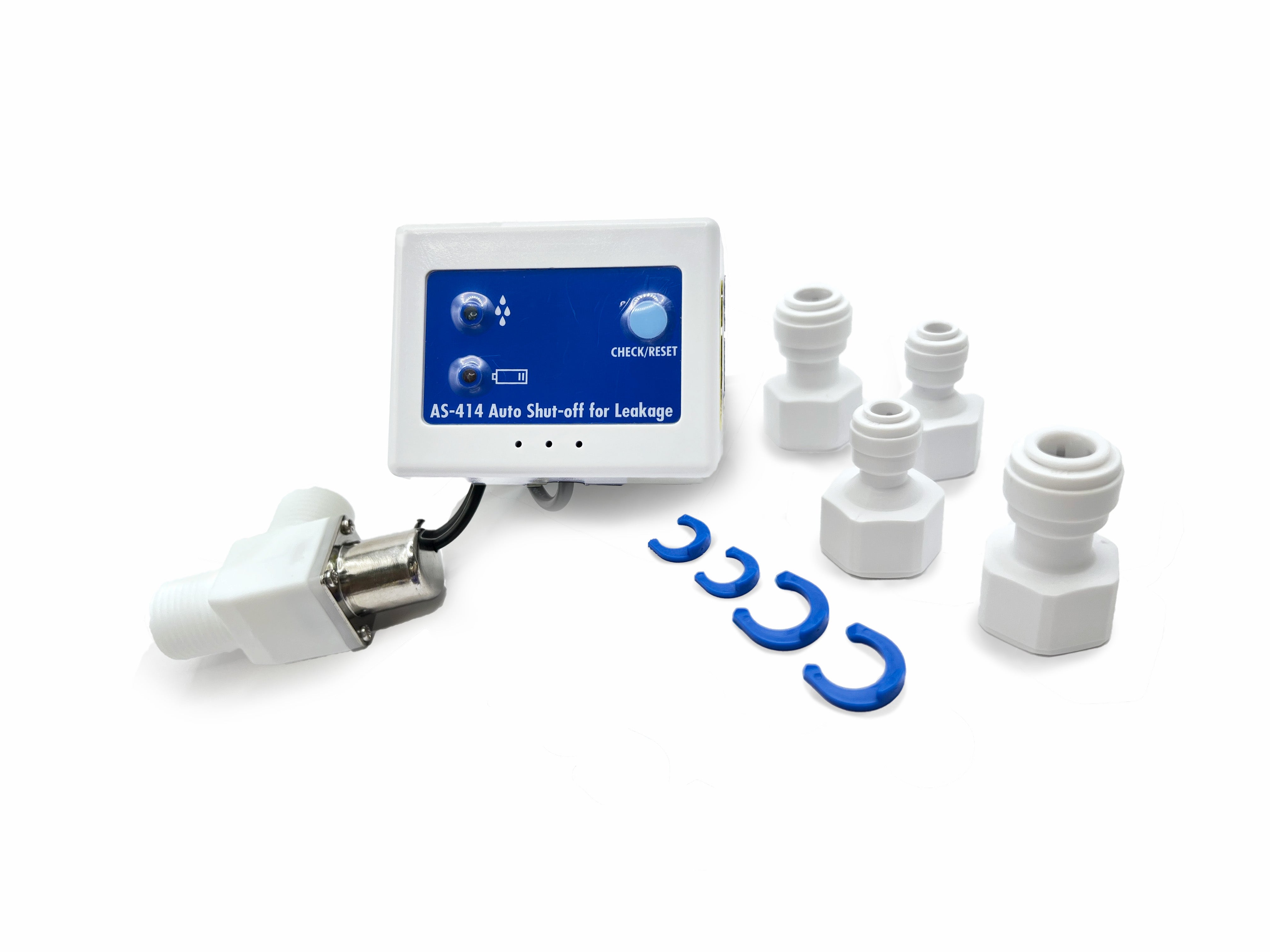
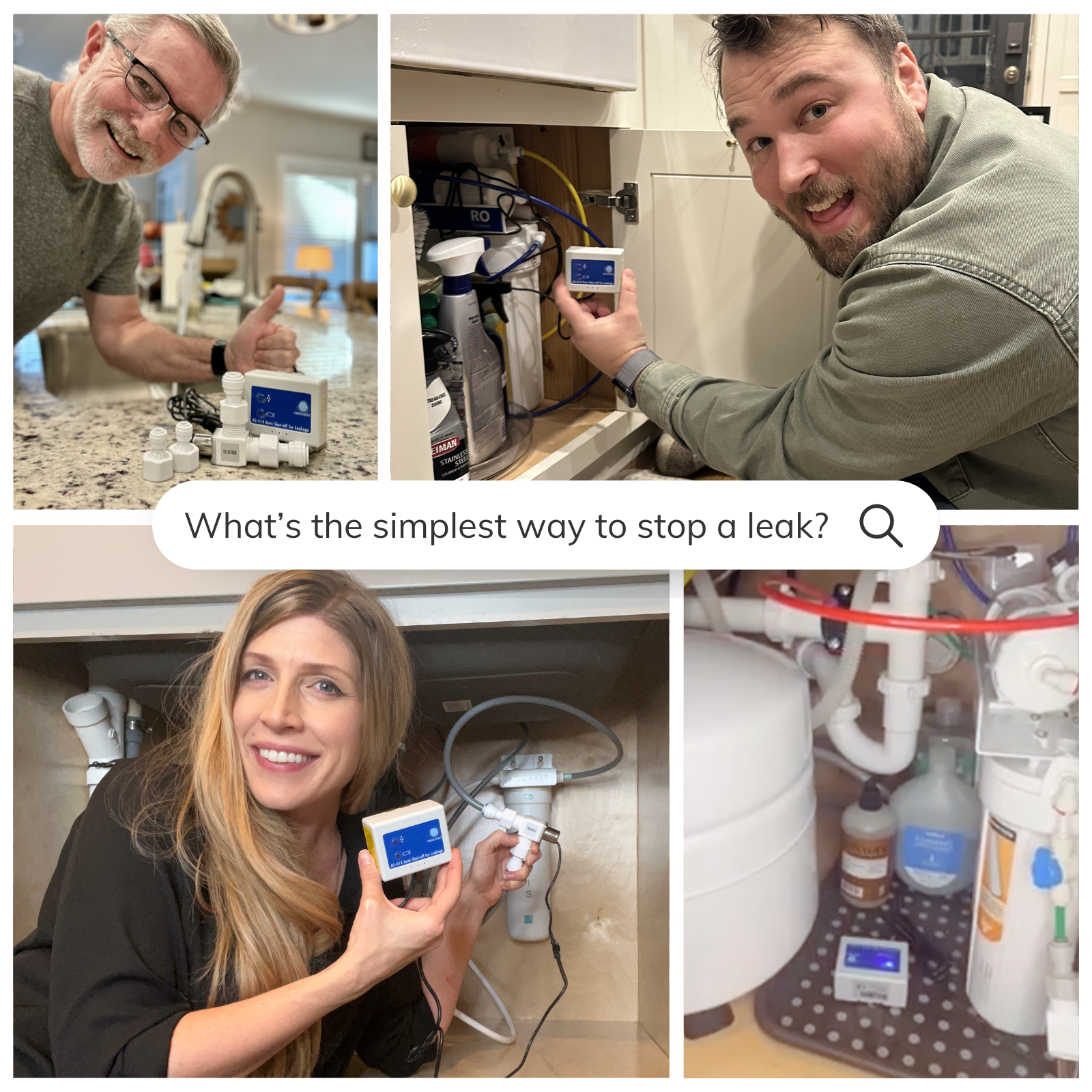
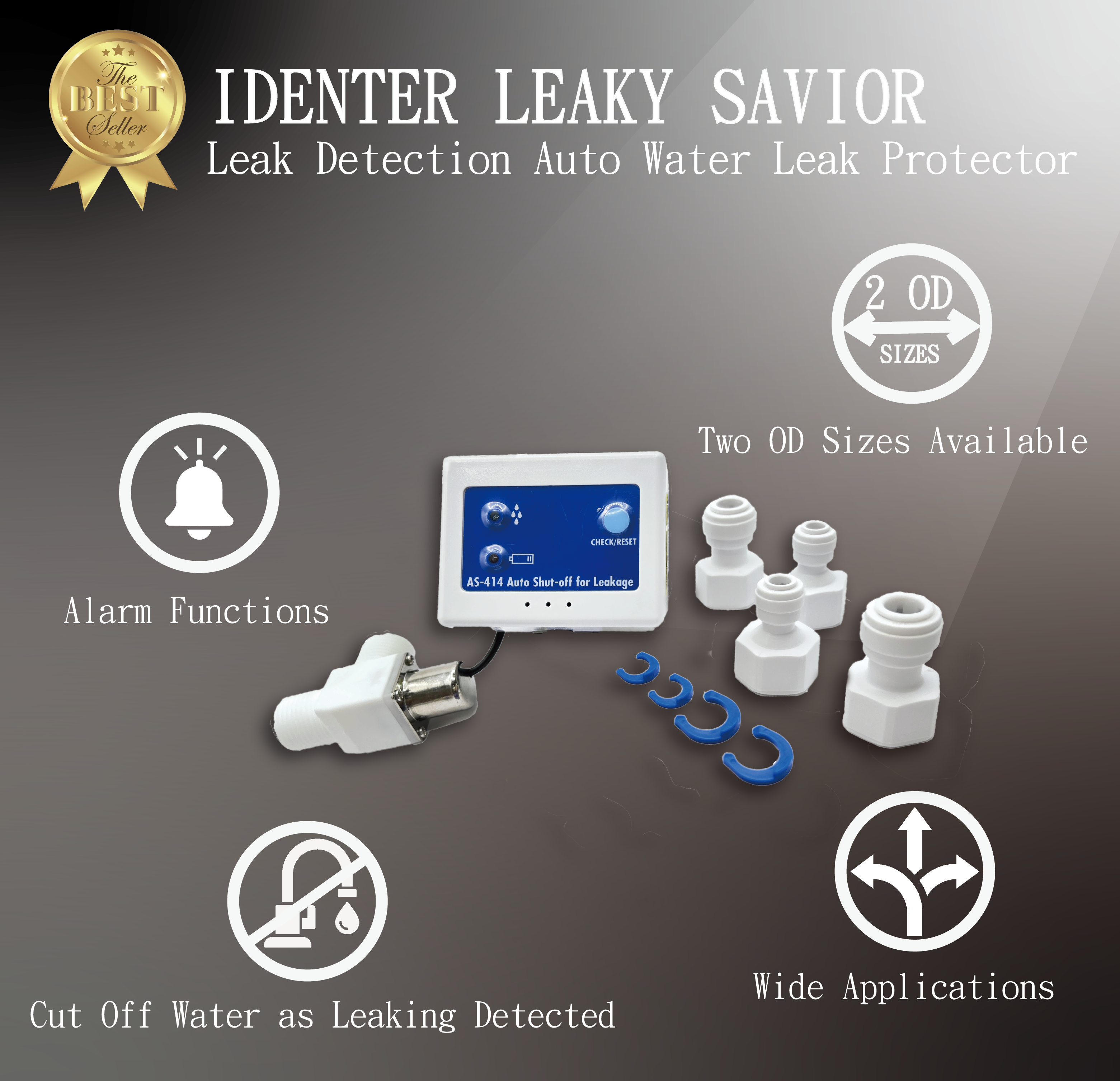
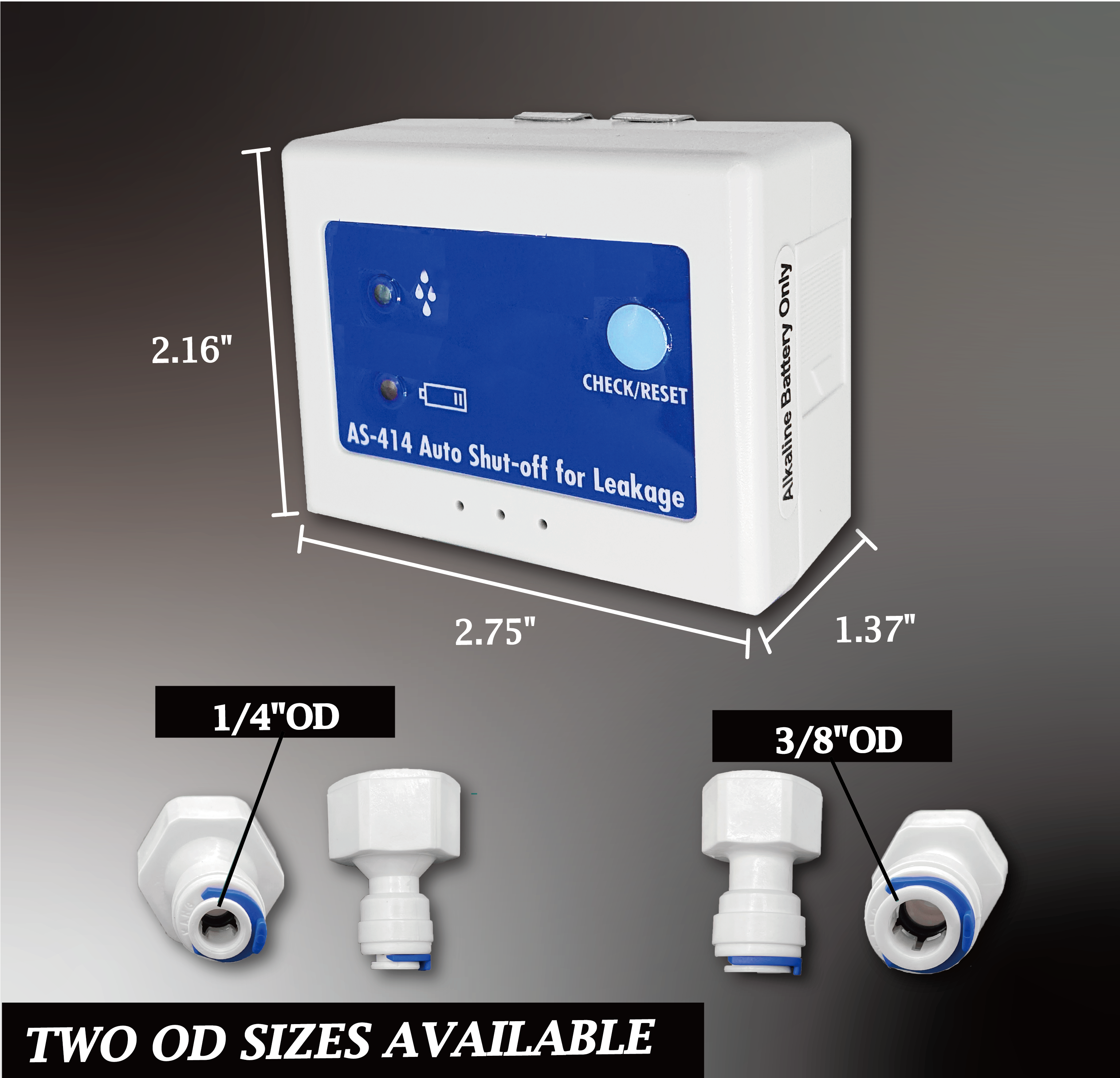
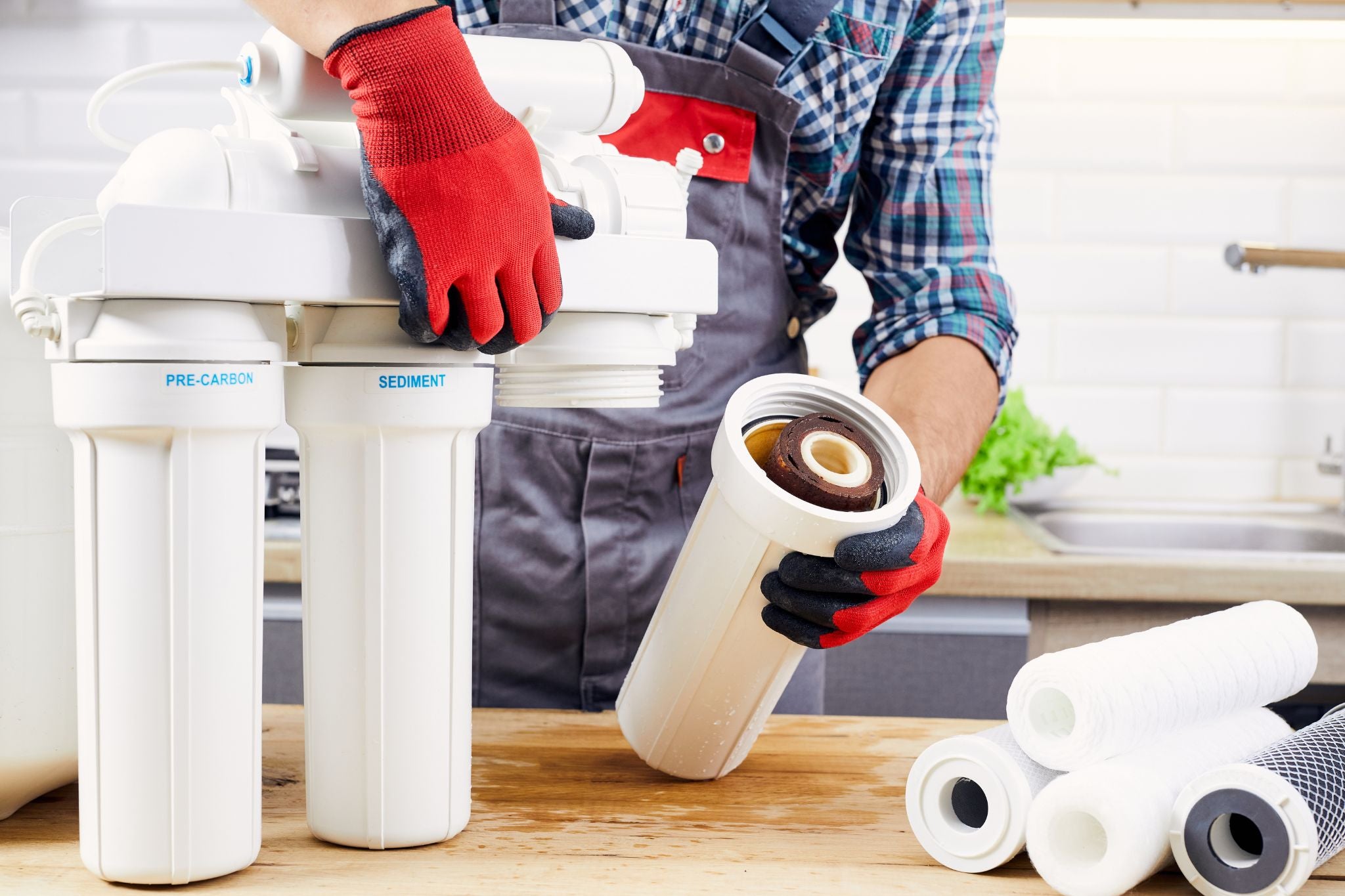

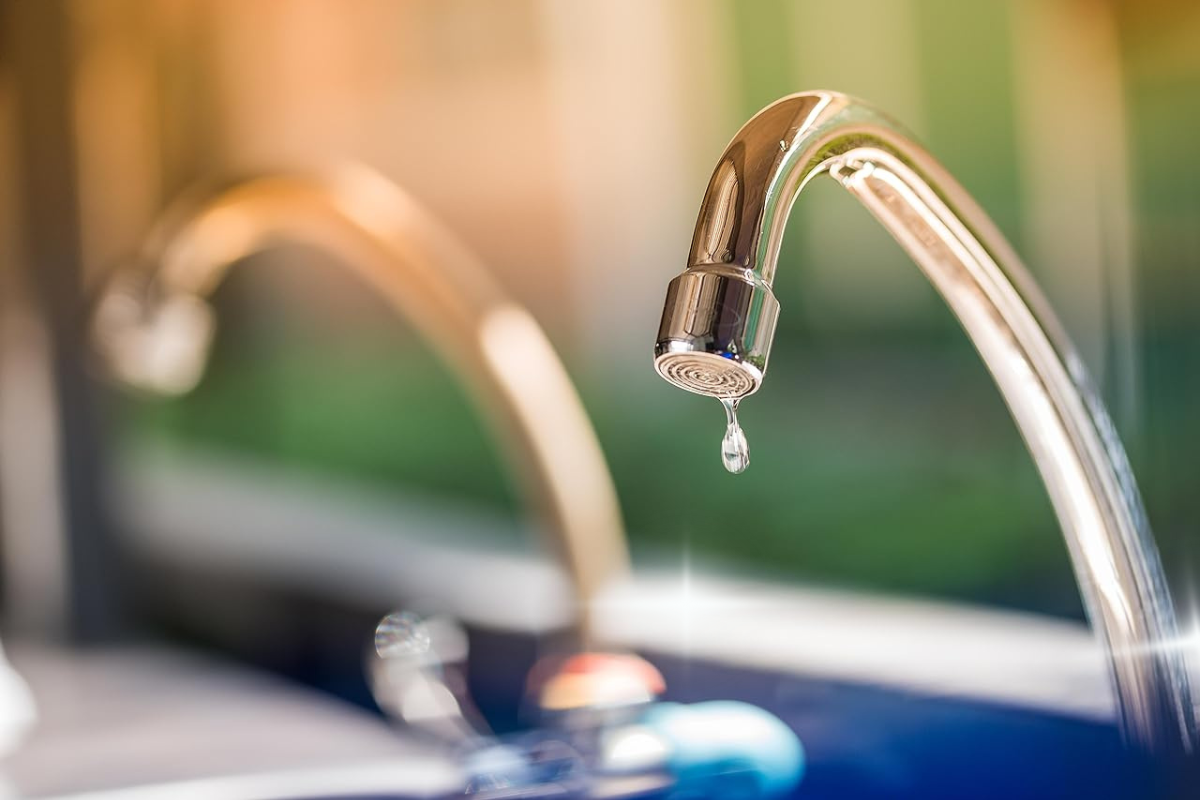
Share:
International Earth Day - Let's do Something for Our Planet!
3 Things You Didn't Know—One Small Action Can Save a Lot of Unnecessary Waste